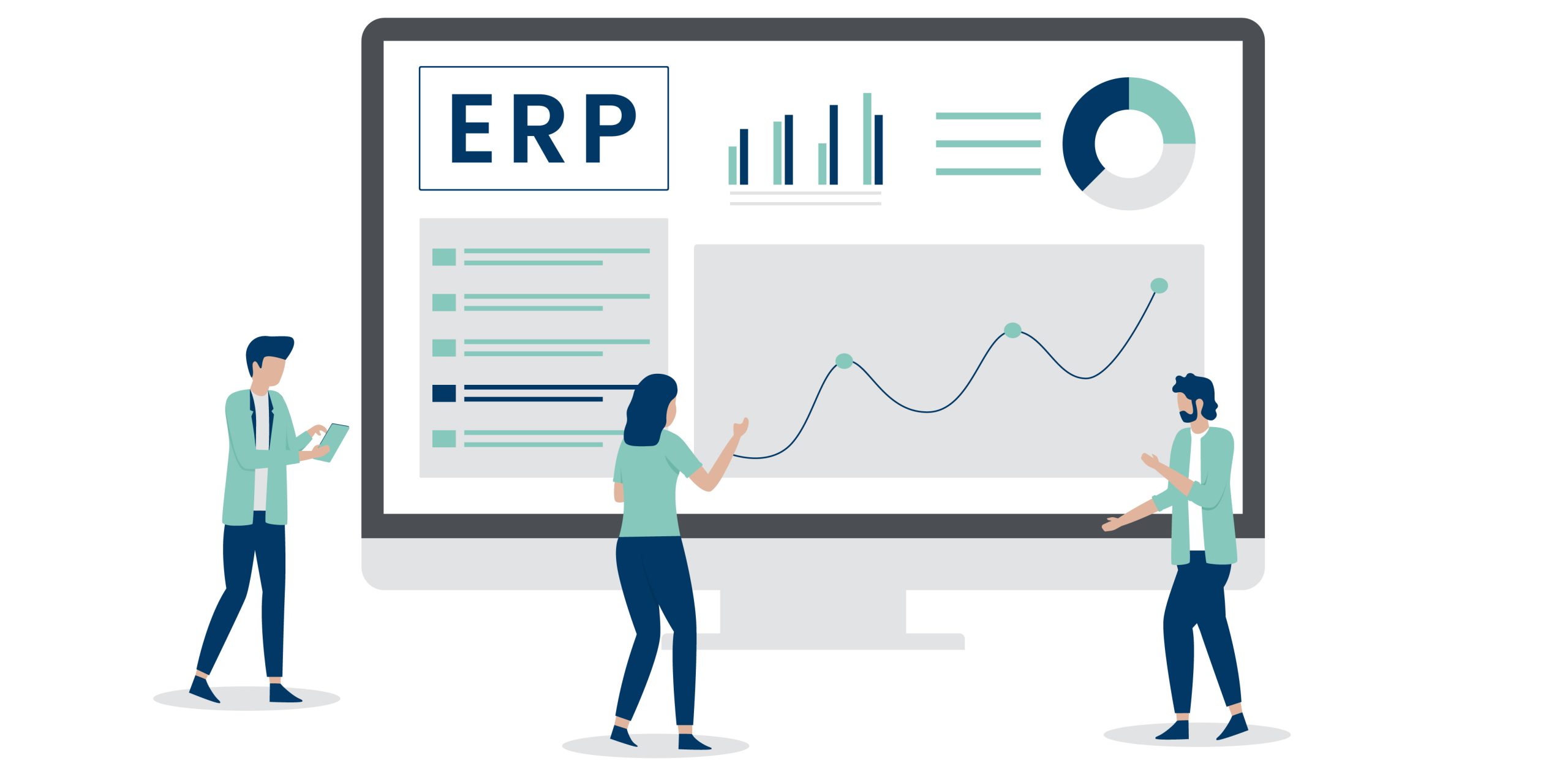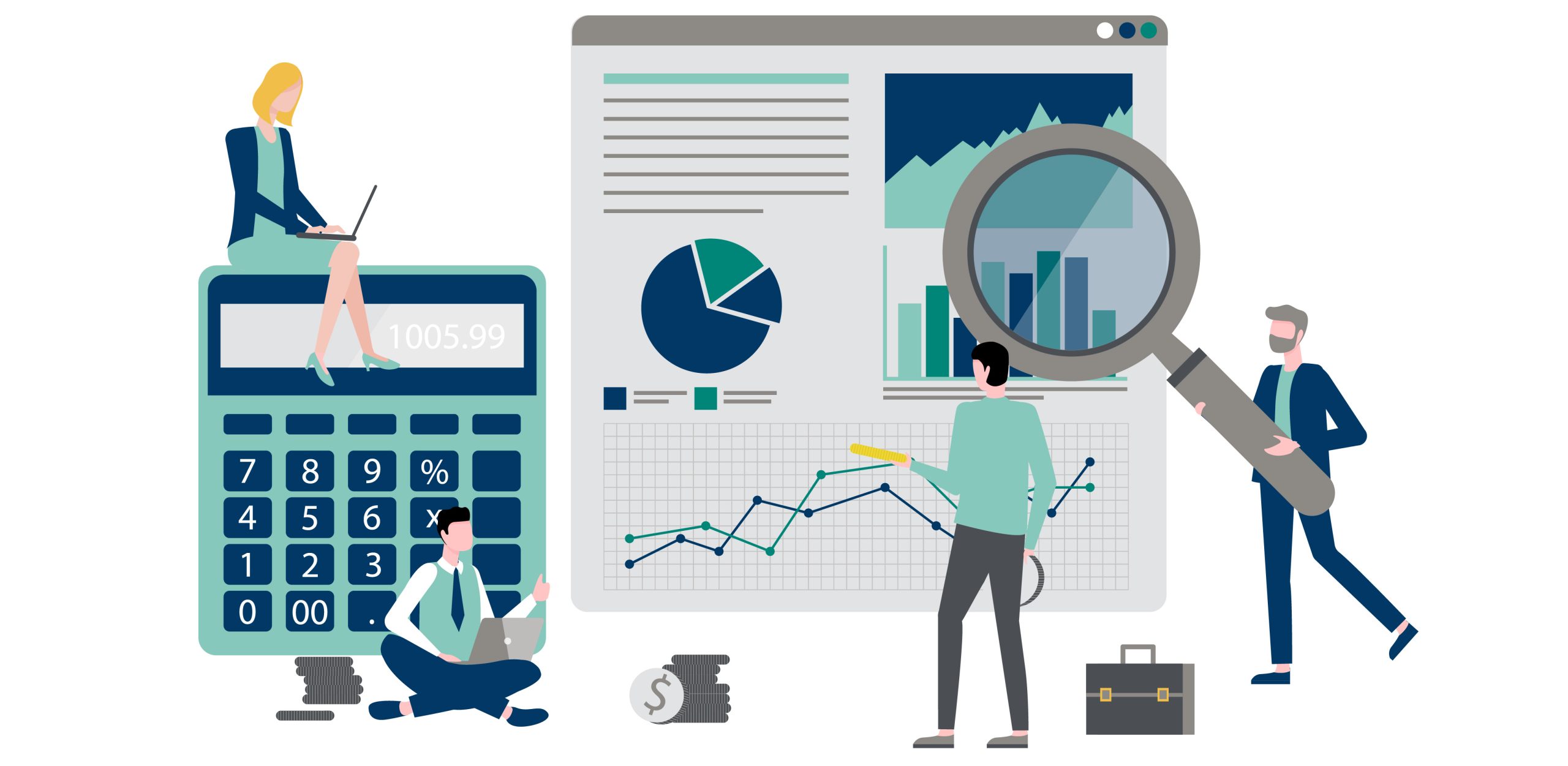4 Benefits of Integrating Your ERP to Financial Automation Software
Blog post
Share
Enterprise resource planning (ERP) systems house an abundance of information detailing a company’s operations, from financials to cash flow to inventory management. ERP systems remain a main staple in any organization, but have their limitations, especially when it comes to the financial close.
Finance and accounting teams often find themselves manually extracting data from their ERPs and relying on legacy tools to complete the financial close. The large amounts of manual labor it takes for uploading and manipulating raw data directly affects the accuracy of the resulting financial reporting. Manual processes such as this translate to a reduction in efficiency surrounding the completion of the close. Instead of dedicating endless hours manually inputting data from multiple ERP systems and tools, organizations can instead advance the functionalities of ERPs by integrating them with financial close software.
1. Financial Transparency
There’s no doubt ERP systems have an important role in executing an organization’s daily operations. While your ERP serves as an effective means of recording day-to-day transactional data and figures, the functionality usually ceases there, and teams often have to migrate outside of these systems in order to complete the period-end financial close. This places the integrity of their financial data at risk.
Navigating multiple ERP systems and legacy tools means your financial data is dispersed and decentralized. Completing the financial close outside of ERP systems also increases the reliance on legacy tools and spreadsheets, which becomes an even more pressing issue when gathering documents for an audit.

Integrating your ERP system with cloud-based financial close software enables financial managers and C-Suite executives to visualize an accurate financial picture during the close. Gaining full visibility, and therefore reporting transparency, into all financial processes empowers organizations to get a first-hand look at the close progress and effectively plan for the future.
“Companies will need to rely on a transparent and accurate financial picture to help them realize their new potential and plan with more precision” – Bill Eisig, National Managing Partner of Assurance
2. Reduce Reporting Risk
Staying ahead of evolving regulatory requirements can be a burdensome task when relying on ERP systems and spreadsheets. With financial reporting risk becoming an even higher concern in an unprecedented business environment, it’s crucial to ensure that all financial reporting is both complete and accurate. According to BDO’s 2021 Middle Market Outlook Survey, as many as 17% of CFOs said “managing disclosures and risk factors would be their top issue.”
Integrating the ERP with close automation software enables accountants to quickly pinpoint any exceptions and errors when reconciling accounts and matching transactions. By letting close software do the heavy lifting, CFOs can regain confidence in their financial reports and reduce financial and reputational risk.
3. Enhance Internal Controls
Preparing financial data for an internal audit when navigating over hundreds of spreadsheets outside of your ERP system leads to issues down the line when assessing risk and conducting internal audits. A study administered by Forrester found that “nearly 50% of companies still rely on spreadsheets alone to do their auditing and controls — a process necessary for risk assessment and compliance management.” Relying on ERP systems and legacy tools to prepare documents and reports for auditors means errors that exist within the ERP itself can be easily missed, leading to an ineffective risk management strategy.
Making the switch to financial automation not only provides a detailed and accurate audit trail of every activity completed within the financial close, but it also streamlines the auditing process for everyone involved. Providing documentation around the numbers and the actions around them also simplifies the communication with auditors.
4. Real-Time Analytics
The word “analytics” is becoming a finance buzz word, and for good reason. Shifting away from manual approaches and moving towards modernized finance processes gives organizations real-time data, from identifying potential bottlenecks in the close to other high-level close metrics. These important financial close metrics can also easily be compiled into a visual report to help financial managers and C-Suites get an accurate picture of the period-end close as it is happening, as well as insights from historical data housed in the ERP.

Rather than reacting to information after the fact, organizations can proactively make decisions for the business before significant events even occur. Harnessing the power of predictive and prescriptive analytics propels the organization even further and empowers accountants to become true business advisors.
“Analytics is truly the core of the modern finance organization” – Enrique Martinez, Auxis
By integrating their existing ERP systems with financial automation software, organizations can further benefit from the financial data by gathering insights, utilizing data to drive strategic business decisions, and streamlining financial processes. Make the most of your ERP investment by filling in the gaps with technology.
Written by: Alex Clem


